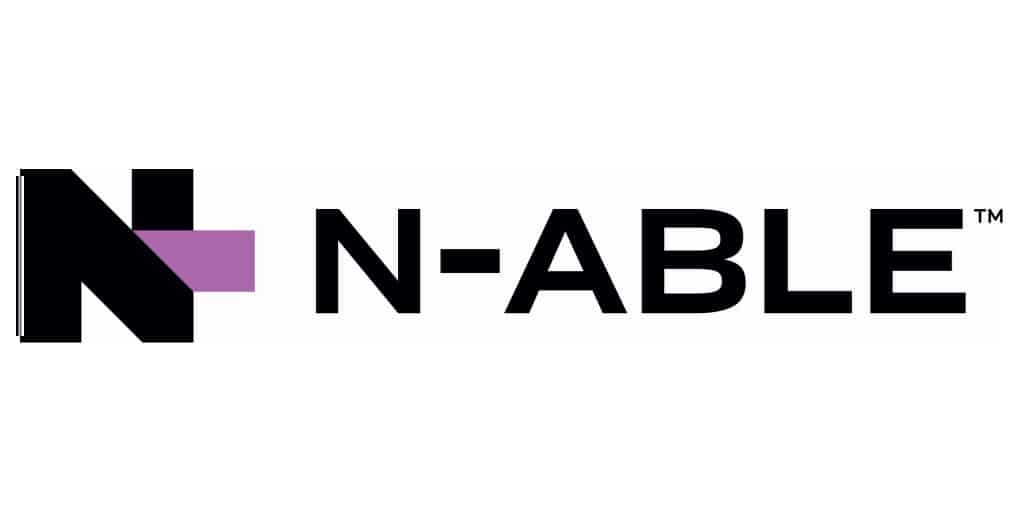MSPs face a decision when it comes to management frameworks: Divert engineering resources to build, or partner.
N-able, formerly SolarWinds MSP until it was rebranded in December, is extending its remote monitoring and management (RMM) platform widely used by managed service providers (MSPs) to offer integration with the Microsoft Intune management framework.
The goal is to encourage small-to-medium enterprises – who often rely on MSPs – to adopt a Microsoft management framework typically employed by large enterprises to manage their IT environments, said Mav Turner, group vice president of products for N-able. “MSPs are a key driver for Microsoft,” he said.
Via its N-Central console for monitoring IT environments, N-able already provides integration with several third-party management platforms. In some instances, MSPs employ multiple management frameworks based on customer preference, noted Turner. Microsoft Intune is a component of Microsoft 365 Business Premium services that Microsoft provides to end customers via both direct and indirect sales channels.
The SolarWinds MSP platform wasn’t involved in last year’s SolarWinds cyberattack and the rebranding had been planned earlier to return to the N-able name, acquired in 2013.
Build or borrow
MSPs, as always, are trying to determine to what degree they should rely on management platforms provided by vendors versus using their expertise to build their own management platform using open source components. The decision generally comes down to what degree they want their engineers to spend time focusing on maintaining a platform versus working on projects that drive billable revenue.
There is, of course, no shortage of IT management frameworks. Just about all of those frameworks are being converted into cloud services that MSPs can consume either via a graphical user interface (GUI) or programmable set of application programming interfaces (APIs). MSPs can theoretically deploy their own management framework on a cloud, but the rise of artificial intelligence (AI) may finally force every MSP to embrace offerings from vendors that have the resources required to collect the massive amount of data required to train and update an AI model.
The rise of AI will also require MSPs to rethink how their engineering resources are allocated. AI is not likely to replace the need for engineers any time soon. However, many of the lower-level tasks that engineers have historically performed manually will become increasingly automated. In fact, MSPs that don’t employ AI may soon find it hard to attract the best talent. Engineers are not going to want to work for an MSP that requires them to spend time on tasks that other MSPs have automated.
Complexity and growth require flexibility
In the meantime, IT environments are becoming more complex. In addition to cloud computing platforms, IT environments are being extended to the network edge. Simultaneously, cloud-native applications based on containers, Kubernetes clusters and serverless computing frameworks are starting to be deployed alongside legacy monolithic applications. The total cost of delivering a managed service increases as each new class of platform is added to an IT environment. The trouble is the rate at which legacy platforms are retired is much slower than the rate at which new applications and platforms are being added.
The good news is that demand for managed services continues to increase as the overall global economy rebounds from the COVID-19 pandemic. The issue now is figuring out how to deliver those managed services as profitably as possible.

